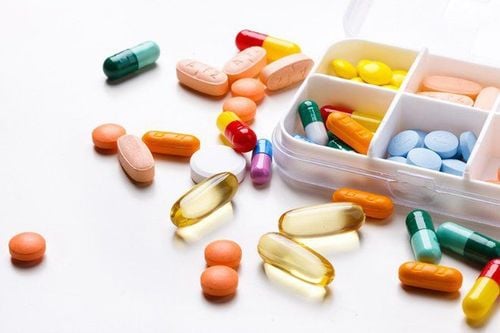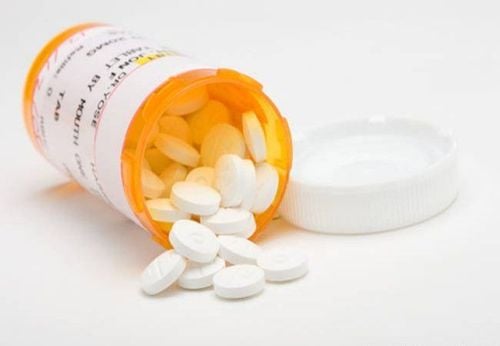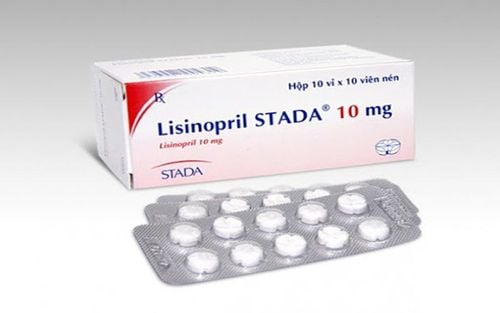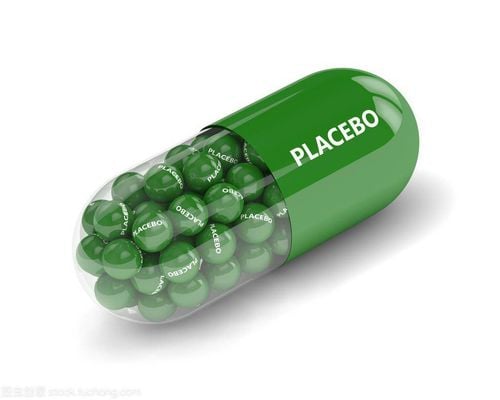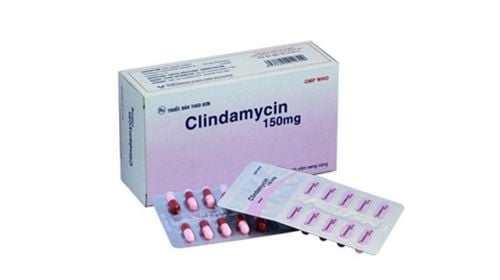This is an automatically translated article.
New drugs are born that will open up treatment opportunities, change the lives of millions of patients. However, developing and manufacturing new drugs is an extremely arduous process that requires a lot of research time and huge resources.
1. How is the drug manufactured?
Every year around the world several dozen new drugs are licensed for use, but before that tens of thousands of candidate drugs have been discarded. Finding, developing and manufacturing new drugs is a very long and complex process, each success built on many failures. On average, the process of a new drug from research, development to market will take about 10-15 years and cost more than 1 billion dollars.
Finding a new therapeutic drug requires tremendous resources, excellent scientific ideas, and persistent efforts of scientists. The results of the introduction of new drugs are enormous, which will bring hope, treatment opportunities, and change the lives of millions of patients.
2. What is the new drug manufacturing process like?
The drug manufacturing process must follow a certain sequence. According to the US Food and Drug Administration (FDA), the drug development and manufacturing process consists of 5 basic steps as follows:
2.1. Step 1: Drug discovery and development
Before discovering drugs, scientists must delve into the causes of disease at the molecular level. This knowledge is the basis for the development of compounds capable of inhibiting and reversing disease-causing processes. From the thousands of potential compounds, usually only a few meet the criteria for conducting further studies. Once researchers have identified a promising compound, they will conduct experiments to gather information about:
The absorption, distribution, metabolism, and excretion processes of the substance potential benefits and mechanism of action of the active ingredient Dosage, administration, side effects, interactions with other drugs How the active substance being studied affects people differently by sex, race, ... how. Efficacy of the studied active ingredient with similar drugs. This process takes a lot of time and resources. From a few thousand initial active ingredients, usually only a very small number of potential active ingredients meet the criteria for conducting further research steps.
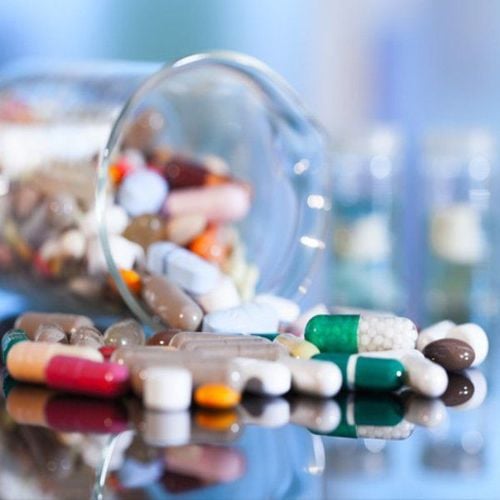
Thuốc được sản xuất thế nào? là câu hỏi được nhiều người quan tâm
2.2. Step 2: Preclinical research
Before testing a drug in humans, researchers must perform preclinical studies to see if the drug has the potential to cause toxicity. Two methods are required in preclinical studies: in vitro and in vivo.
In vitro is a research method carried out with the object of biological molecules, cells cultured in the laboratory. Meanwhile, in vivo is a method to study the effects of the drug on laboratory animals such as rats, rabbits,...
Preclinical studies will provide information on dosage and toxicity levels. of drugs. Based on this information, researchers will consider whether the active ingredient under study should be tested in humans.
2.3. Step 3: Clinical study on humans
Clinical studies are studies of the effects of drugs directly on the human body. The clinical research process consists of the following steps:
Clinical study design
Before starting clinical trials, researchers must review all available information to develop questionnaires, research objectives and methods. Some important issues to be determined are:
Criteria for selecting study participants How long the study will last Measures to reduce research bias Drugs to be administered to volunteers at the same dose and frequency how is the capacity? How will the data be collected and analyzed? Clinical trials of a drug before it goes on the market
Clinical trials of a drug usually go through three stages:
Submitting to regulatory authorities for a clinical trial license
Drug manufacturers must submit prescribed documents to apply for a license from the regulatory agency to conduct clinical trials. Experts from health regulatory agencies must check all information from the drug research file to ensure that the volunteers participating in the trial are not at risk during the trial. Regulatory agencies can decide to allow companies to be clinically studied in humans or can also request to stop or postpone the trial if research conditions are not satisfactory.
Conduct clinical research
After getting permission from the regulatory agency, the clinical study of the drug will be conducted and carried out through 4 stages:
Stage 1: Usually about 20-1000 cases participating volunteers, they are healthy people or have medical conditions related to research drugs. The phase 1 study lasted several months to assess safety and find the right dose. An estimated 70% of drugs pass this stage to the next phase of research. Phase 2: The number of participants is about a few hundred sick people. A period of several months to two years was used to evaluate the effectiveness and side effects of the drug. An estimated 33% of drugs pass this stage. Phase 3: From 300-3000 patients participate. The study period lasted from 1 to 4 years in order to monitor the effectiveness of the treatment and to monitor the side effects of the drug in a large number of individuals. An estimated 25-30% of drugs met this phase criteria for the next phase study. Phase 4: This stage will involve several thousand patients to evaluate the safety and effectiveness of the drug. This phase is performed after the drug has entered the market. Information is gathered from the effectiveness of the patient's drug use in practice. During the research phases, the regulatory agencies will conduct monitoring to ensure the objectivity and integrity, as well as the safety of the participants.
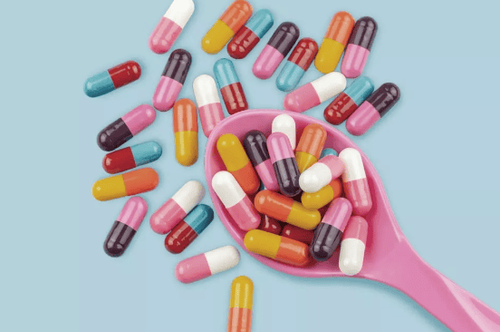
Thử nghiệm thuốc lâm sàng là một quy trình sản xuất thuốc
2.4. Step 4: Apply for a license to produce and circulate drugs from the regulatory agency
To apply for a drug's marketing authorization, a drug manufacturer must submit a complete set of data including: drug discovery and development process, scientific information proving the effectiveness and safety of the drug through results of preclinical and clinical research, dosage form, manufacturing process, drug labeling,...
An expert panel from the regulatory agency will evaluate the application for registration to decide decide whether to license the drug production and circulation or not.
2.5. Step 5: Monitor the safety of the drug after being sold on the market
After passing phase 3 of clinical trials, the manufacturer was able to apply for a marketing license for the product, at this time the drug was only used on a population of several thousand patients. Whether the drug is really safe or not is known only after a few years of the drug being circulated on the market with a large set of users.
Therefore, the regulatory agency will continue to monitor the problems related to the circulation of the drug, collect reports on the drug to give timely instructions in the event of unexpected problems with the drug.
Please dial HOTLINE for more information or register for an appointment HERE. Download MyVinmec app to make appointments faster and to manage your bookings easily.
References: health.gov.au, fda.gov, pharmaceutical-journal.com




